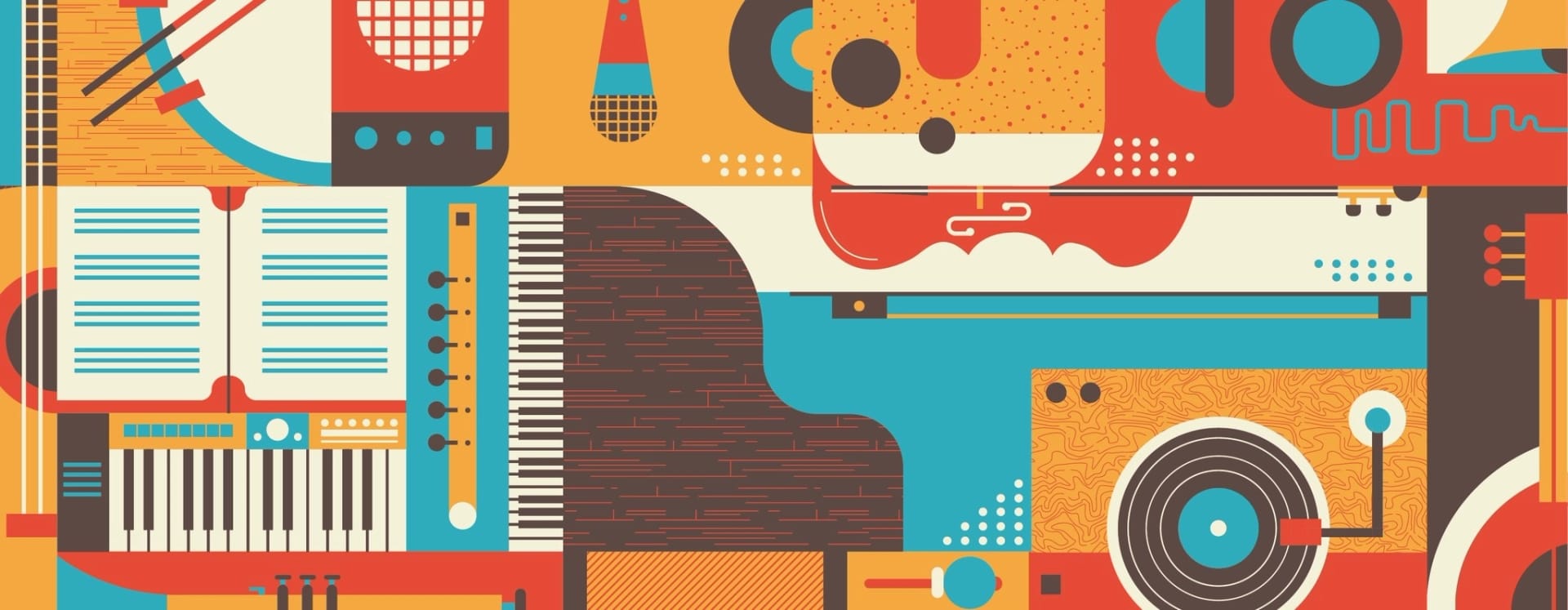Weekends on Classical California I bring you two special programs. On Saturday night, Modern Times, music of the past few decades and often freshly minted pieces. On Sunday morning, A Musical Offering, music of the Baroque era. It’s a sign of music’s staying power that makes it possible for us to embrace works separated by as much as four centuries. The reason was expressed very well in the 1920s by musicologist Philip Heseltine (who composed under the name Peter Warlock):
Music is neither old nor modern: it is either good or bad music, and the date at which it was written has no significance whatever…All old music was modern once, and all good music, whatever its date, is ageless, as alive and significant today as it was when it was written.
Still I’m sometimes asked how I can have an equal affinity for Baroque music and contemporary music. One essential reason is that both represent a spirit of innovation.
The Baroque period comes at the culmination of a thousand years of development in Western European music. Renaissance polyphony (many-voiced music) had reached its apex. As an example, listen to Ave, dulcissima Maria, a motet from 1603 by Carlo Gesualdo:
Gesualdo: Ave, Dulcissima Maria
Around the same time, a group of Florentine noblemen, the Camerata, was taking a keen interest in the music of ancient Greece. They had no specimens of the music, but they were fascinated by ancient writings about it. They discerned that there was great dramatic power in a single voice expressing a text, as opposed to the complexities of the Renaissance style.
Giulio Caccini, a contemporary of Gesualdo, was part of this new outlook.
His song Perfidissimo, volto was composed within two years of Gesualdo’s motet, but it’s very different.
Li due Orfei : G. Caccini "Perfidissimo, volto" Angélique & Marc Mauillon
This was the birth of the Baroque, which brought with it the birth of opera and the birth of modern harmony! The initial impulse was simplification, but over the next century and a half Baroque music would acquire the complexity of Bach. (That would call for another change of gears, giving rise to the Classical style.)
The twentieth century also saw a departure from the past, or more appropriately, multiple departures.
The type of harmony that emerged in the Baroque is called tonal harmony, or tonality, which means music in keys like C major and F minor. For three hundred years it was the language of music (with some expansion of its vocabulary along the way). But in the first decade of the twentieth century Arnold Schoenberg ventured beyond tonality, into the realm of atonality, music without those old familiar harmonic relationships:
Schoenberg: Three Piano Pieces, Op. 11
Schoenberg realized that something valuable had been left behind. Tonal harmony was the foundation upon which larger forms were built, all those, symphonies, all those concertos, etc. By the 1920s he had devised a new foundation, twelve-tone composition. The composer creates a specific ordering of the twelve pitches in the octave and that ordering, the row, becomes the backbone of the piece. His first twelve-tone orchestral work was the Variations for Orchestra:
A. Schoenberg - Variations for Orchestra Op. 31
At the same time Schoenberg was going atonal Igor Stravinsky was introducing himself to the world with the ballet The Firebird. Stravinsky was still rooted in the past, but there were clear indications of his evolving modernism:
Stravinsky: Infernal Dance from The Firebird
Just three years later, in 1913, Stravinsky brought forth the most significant work of the twentieth century, The Rite of Spring. The composer and conductor Pierre Boulez said that The Rite of Spring serves as “a point of reference to all who would seek to establish the birth certificate of ‘contemporary’ music.”
Stravinsky did not abandon tonality. He built on it and imbued it with a new and exciting sense of rhythm, combined with an uncanny command of orchestral color:
Igor Stravinsky. The Rite of Spring
And just seven years later Stravinsky changed direction with the ballet Pulcinella. He adapted eighteenth-century music (of course making it his own) and launched his neoclassical style:
Stravinsky: Pulcinella - Tarantella
Is there more to the twentieth century? Of course. Stay tuned for a future column.
Hear Alan Chapman Weekdays noon-3pm, and tune into Modern Times on Saturdays at 10pm and A Musical Offering on Sunday at 9am.







